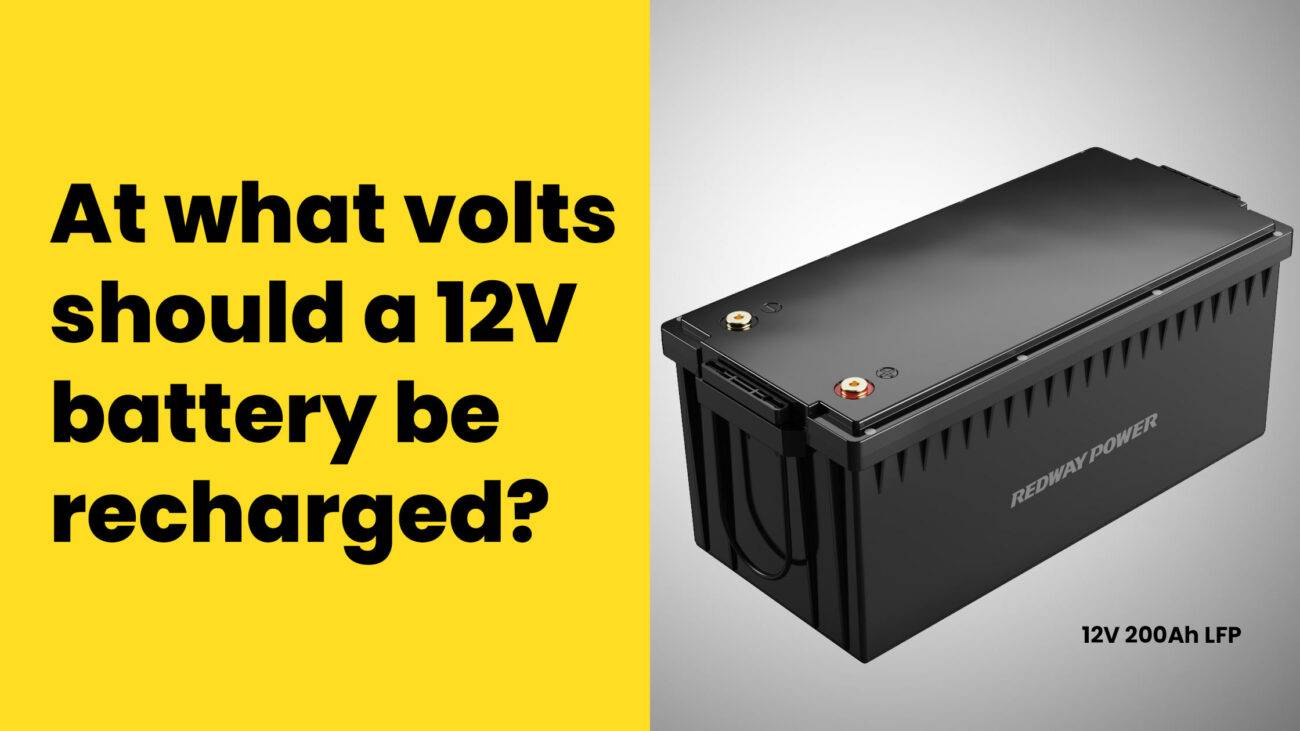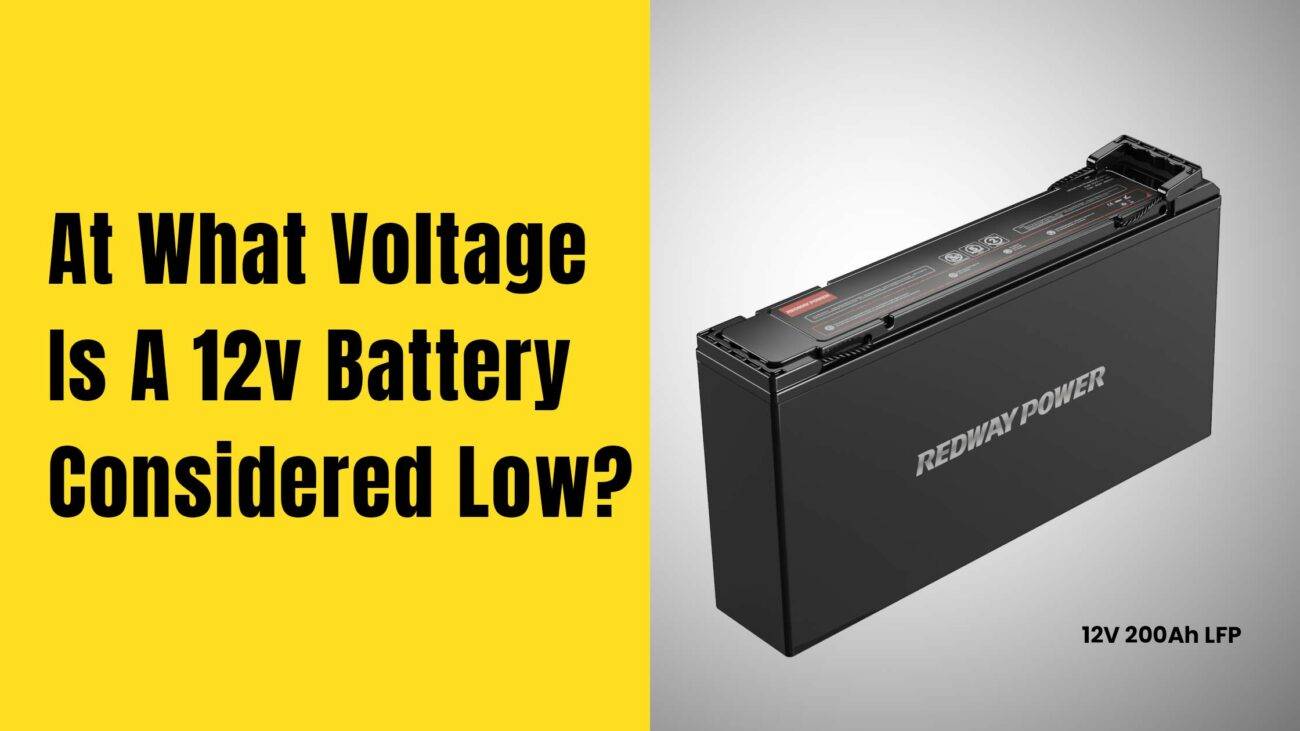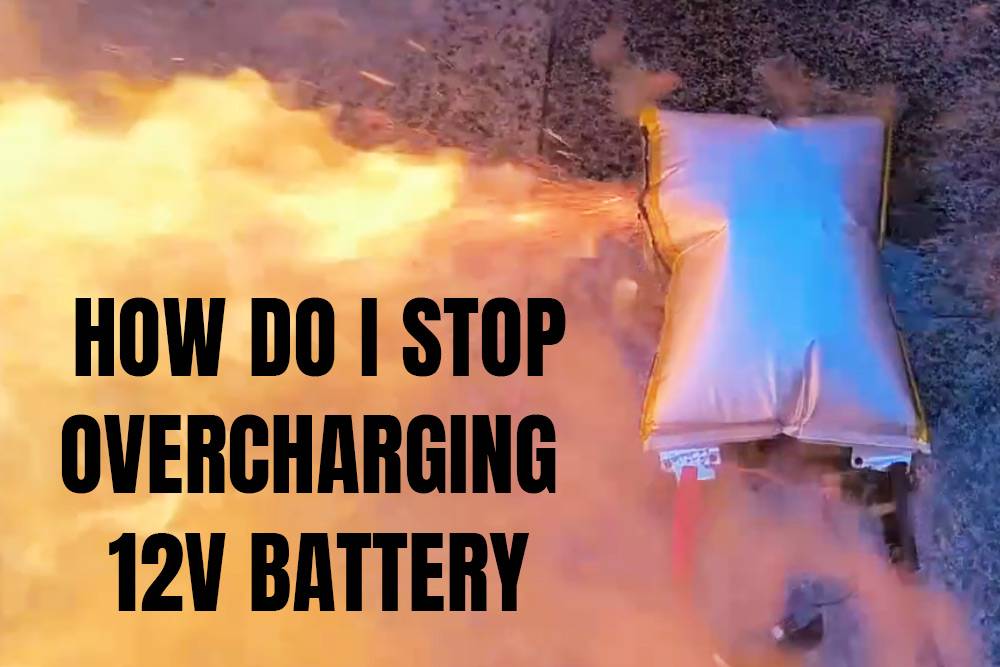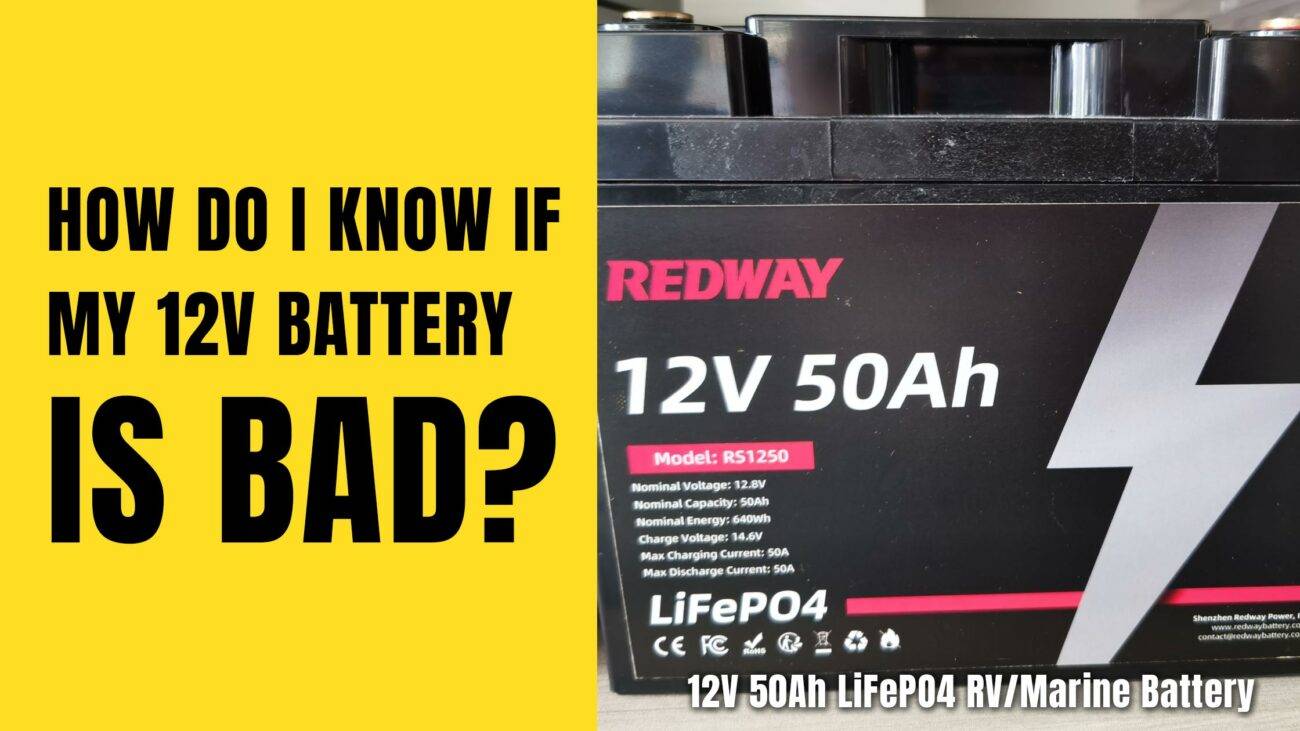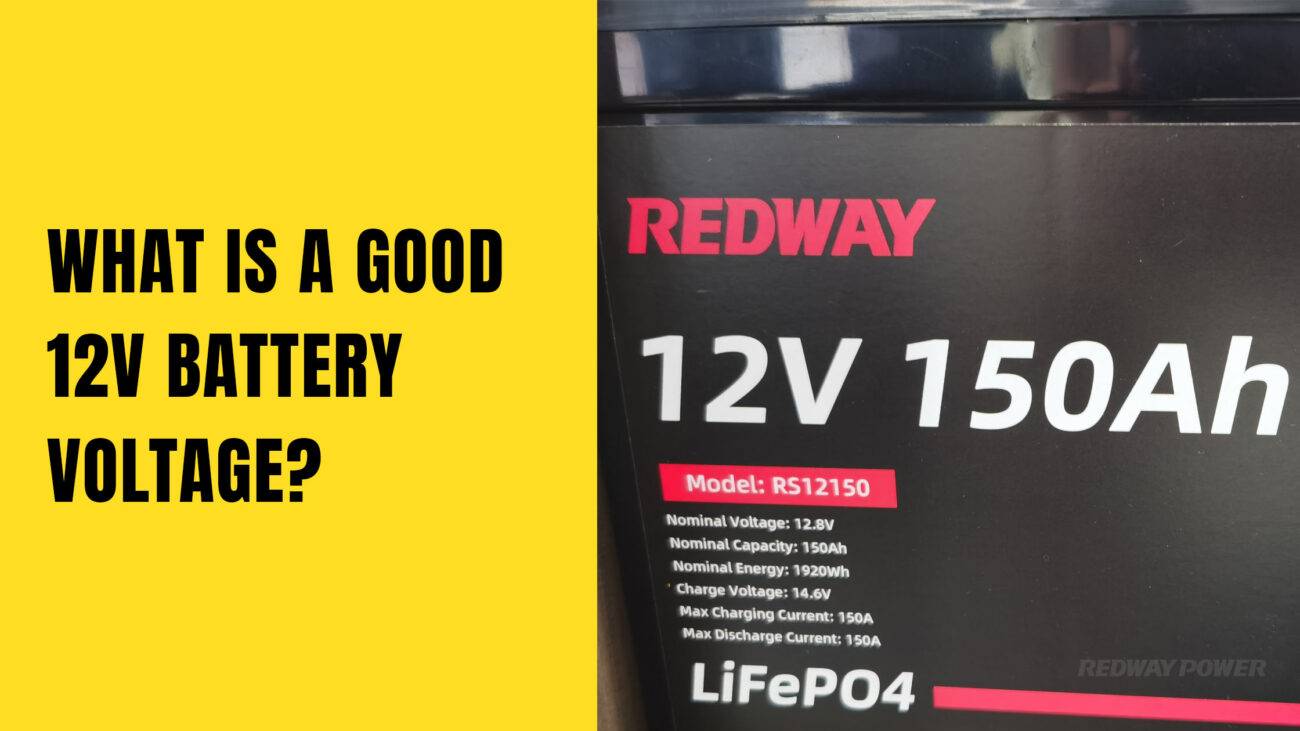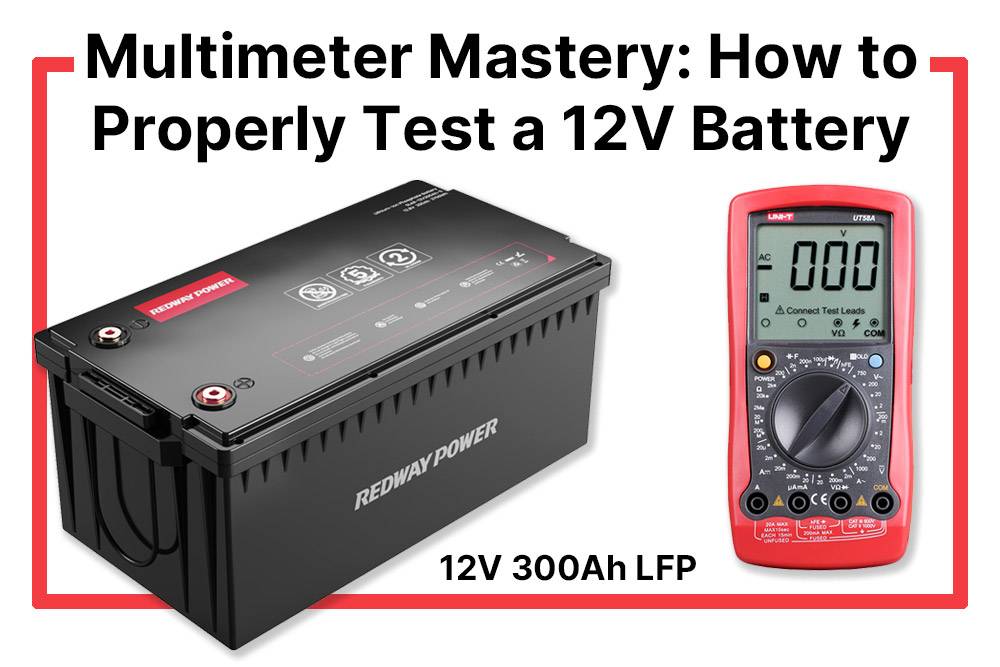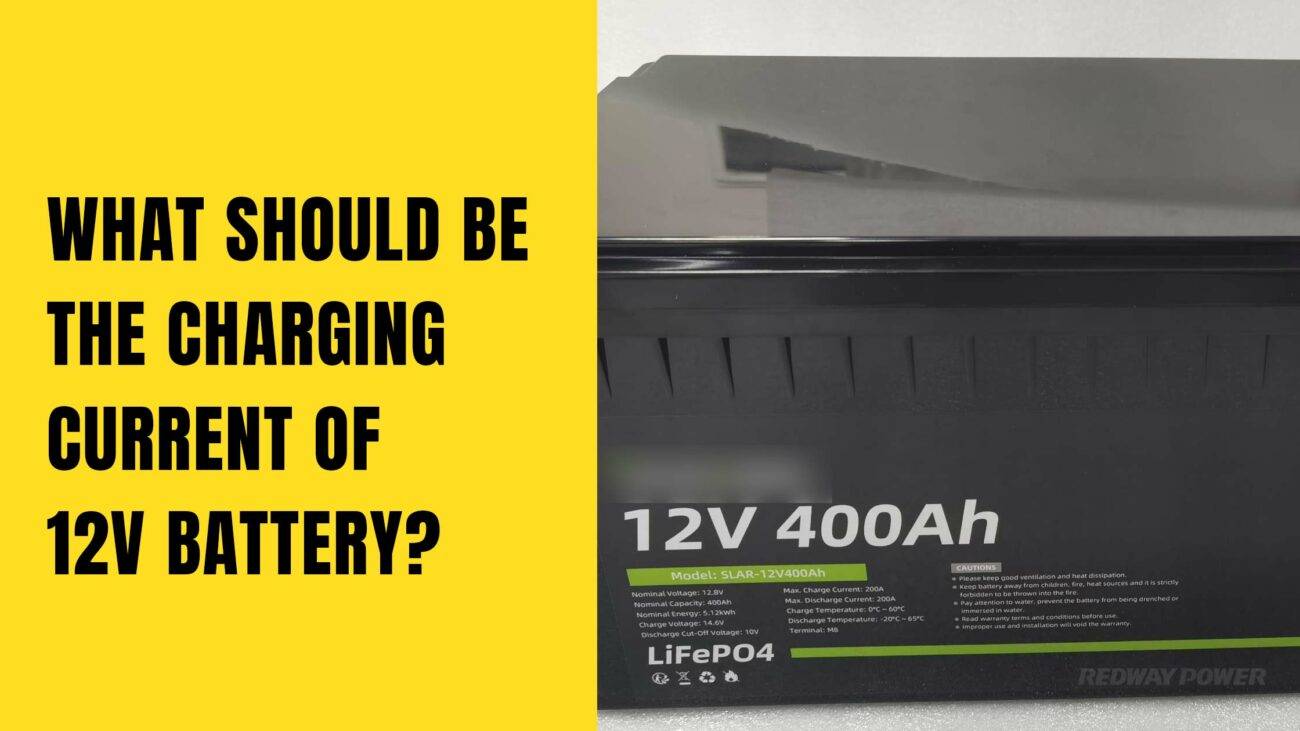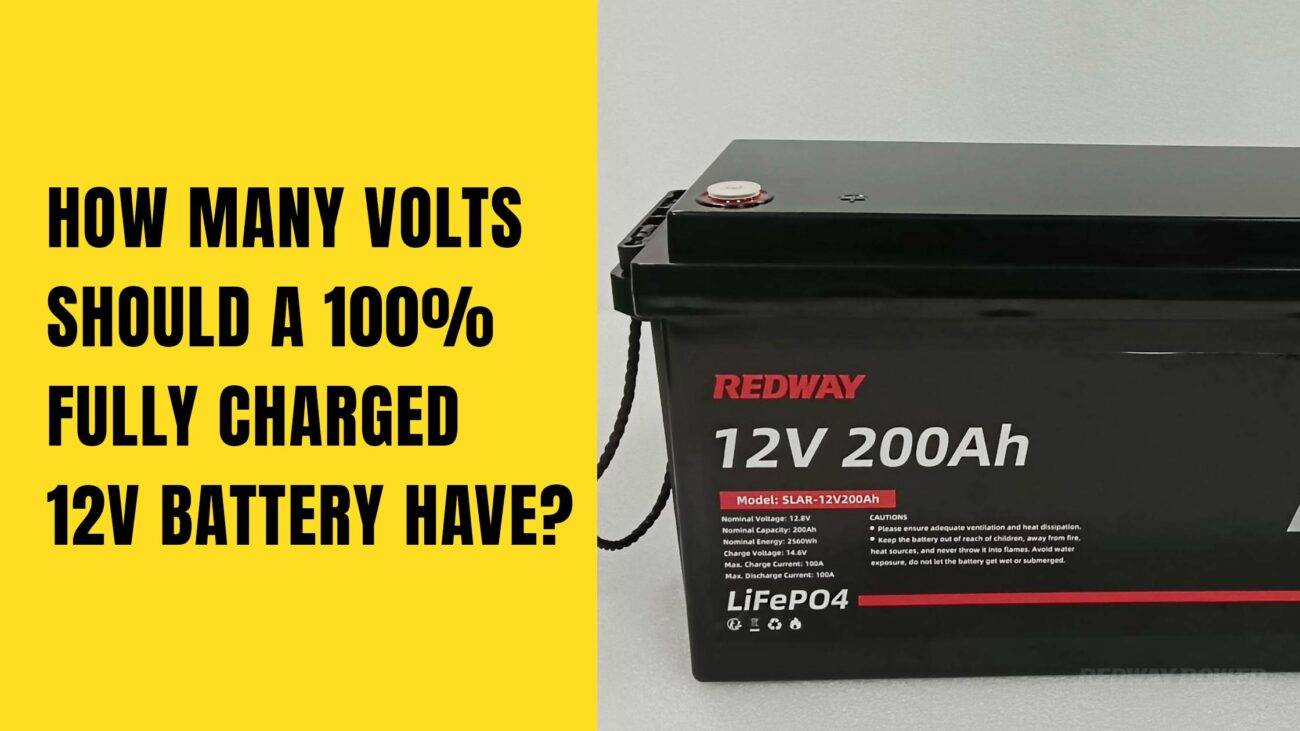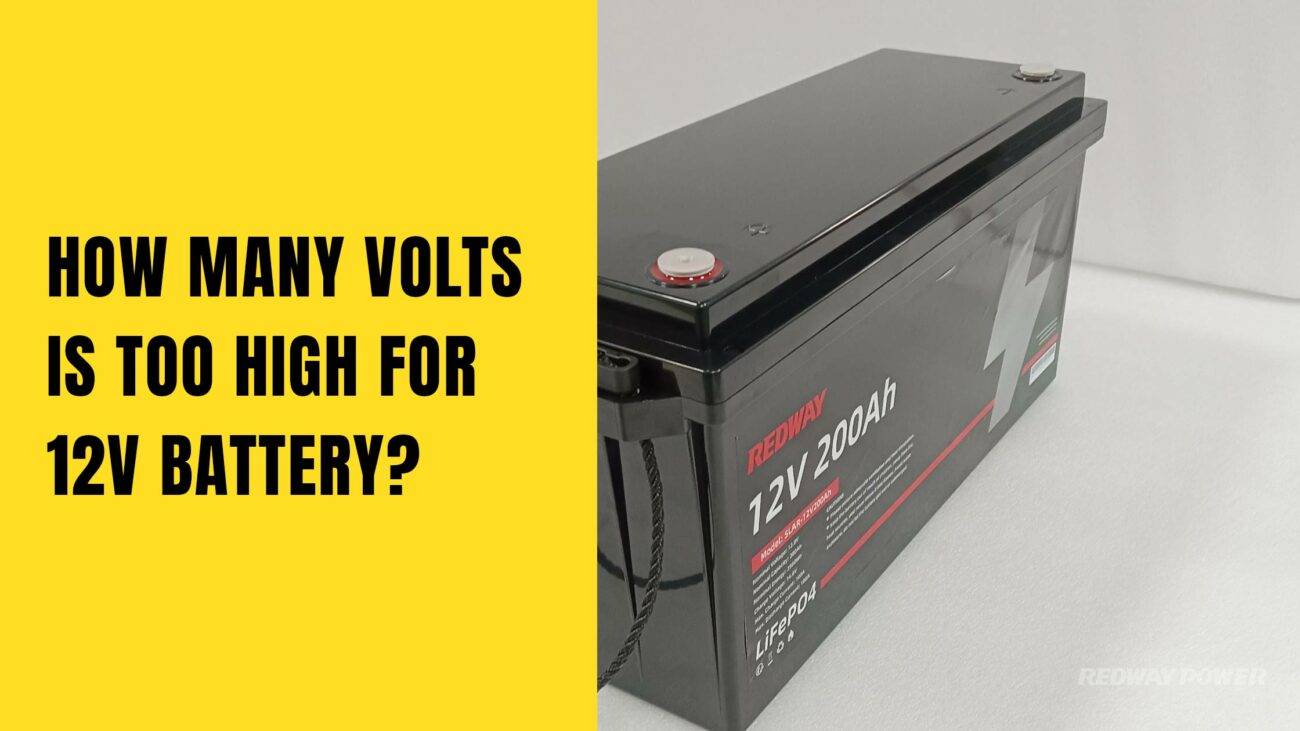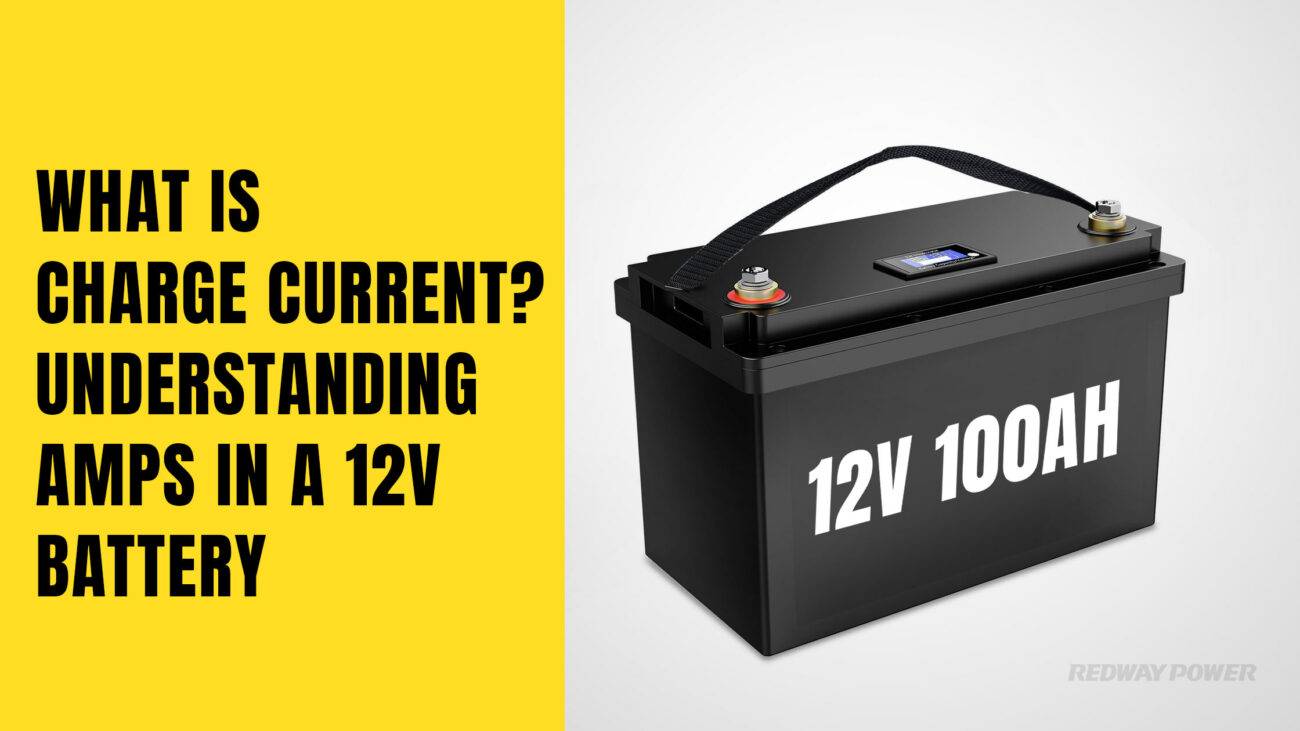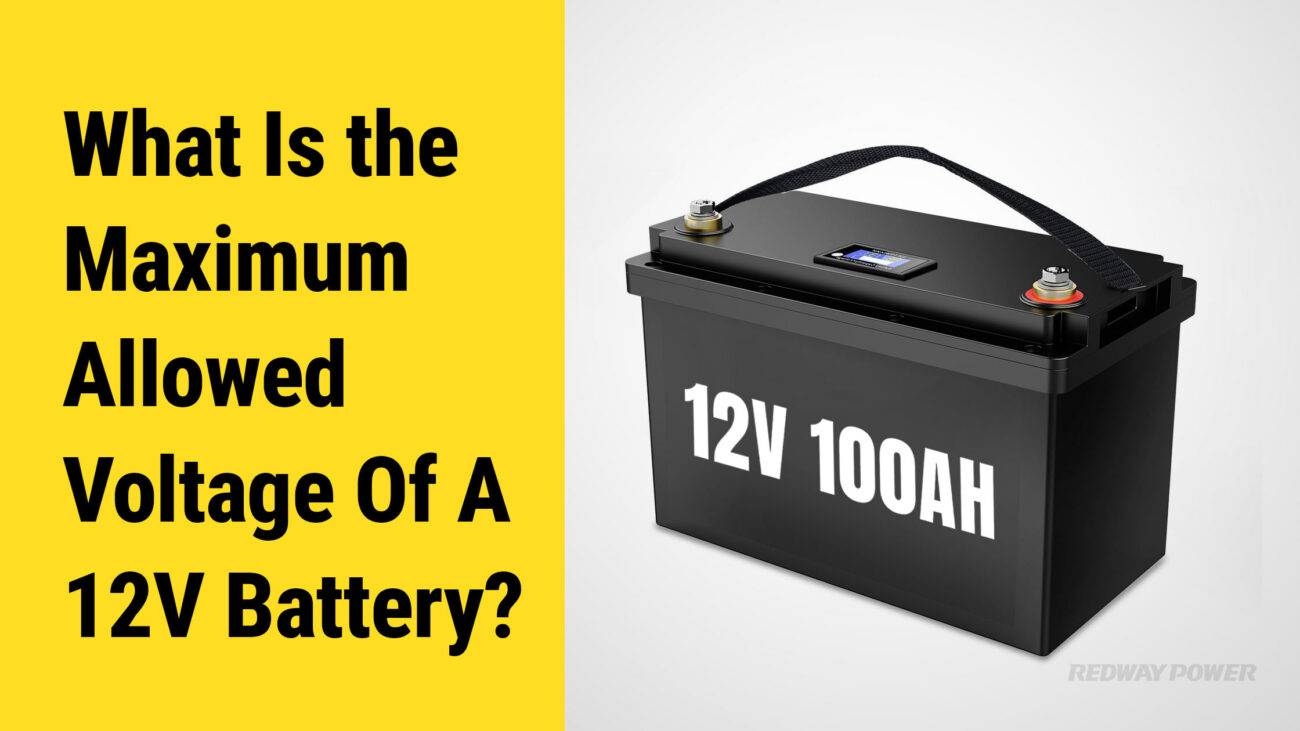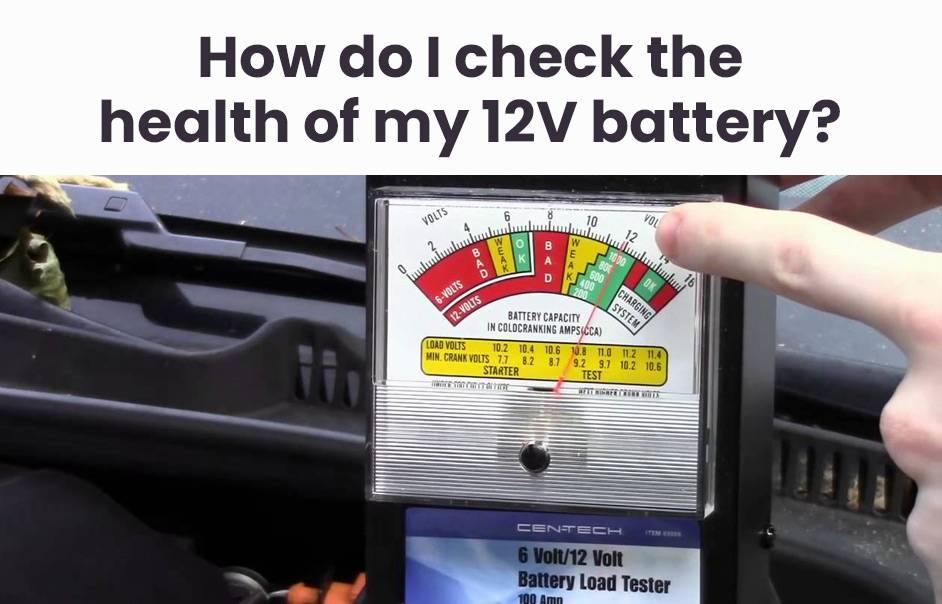- Rack-mounted Lithium Battery
- Golf Cart Lithium Battery
-
Golf Cart Lithium Battery
- 36V 50Ah (for Golf Carts)
- 36V 80Ah (for Golf Carts)
- 36V 100Ah (for Golf Carts)
- 48V 50Ah (for Golf Carts)
- 48V 100Ah (Discharge 100A for Golf Carts)
- 48V 100Ah (Discharge 150A for Golf Carts)
- 48V 100Ah (Discharge 200A for Golf Carts)
- 48V 120Ah (for Golf Carts)
- 48V 150Ah (for Golf Carts)
- 48V 160Ah (Discharge 100A for Golf Carts)
- 48V 160Ah (Discharge 160A for Golf Carts)
-
Golf Cart Lithium Battery
- Forklift Lithium Battery
- 12V Lithium Battery
- 24V Lithium Battery
- 36V Lithium Battery
- 48V Lithium Battery
-
48V LiFePO4 Battery
- 48V 50Ah
- 48V 50Ah (for Golf Carts)
- 48V 60Ah (8D)
- 48V 100Ah (8D)
- 48V 100Ah
- 48V 100Ah (Discharge 100A for Golf Carts)
- 48V 100Ah (Discharge 150A for Golf Carts)
- 48V 100Ah (Discharge 200A for Golf Carts)
- 48V 150Ah (for Golf Carts)
- 48V 160Ah (Discharge 100A for Golf Carts)
- 48V 160Ah (Discharge 160A for Golf Carts)
-
48V LiFePO4 Battery
- 60V Lithium Battery
-
60V LiFePO4 Battery
- 60V 20Ah
- 60V 30Ah
- 60V 50Ah
- 60V 50Ah (Small Size / Side Terminal)
- 60V 100Ah (for Electric Motocycle, Electric Scooter, LSV, AGV)
- 60V 100Ah (for Forklift, AGV, Electric Scooter, Sweeper)
- 60V 150Ah (E-Motocycle / E-Scooter / E-Tricycle / Tour LSV)
- 60V 200Ah (for Forklift, AGV, Electric Scooter, Sweeper)
-
60V LiFePO4 Battery
- 72V~96V Lithium Battery
- E-Bike Battery
- All-in-One Home-ESS
- Wall-mount Battery ESS
-
Home-ESS Lithium Battery PowerWall
- 24V 100Ah 2.4kWh PW24100-S PowerWall
- 48V 50Ah 2.4kWh PW4850-S PowerWall
- 48V 50Ah 2.56kWh PW5150-S PowerWall
- 48V 100Ah 5.12kWh PW51100-F PowerWall (IP65)
- 48V 100Ah 5.12kWh PW51100-S PowerWall
- 48V 100Ah 5.12kWh PW51100-H PowerWall
- 48V 200Ah 10kWh PW51200-H PowerWall
- 48V 300Ah 15kWh PW51300-H PowerWall
PowerWall 51.2V 100Ah LiFePO4 Lithium Battery
Highly popular in Asia and Eastern Europe.
CE Certification | Home-ESS -
Home-ESS Lithium Battery PowerWall
- Portable Power Stations
How Many Amps Is A 12-volt Battery?
Learn about the essence of amps and volts in a 12-volt battery, unraveling the mysteries behind their power. This article caters to campers, DIY enthusiasts, and anyone curious about battery functionality. Delve into the realm of battery dynamics, understanding their vital role in powering devices and vehicles. Gain insights into their practical applications and enrich your knowledge of the electrifying world of 12-volt batteries!
Understanding Amps and Volts
Amps and volts, the dynamic duo of electrical power, are essential for understanding the flow and force of electricity. Amps measure current flow, akin to water flowing through a pipe, while volts represent the pressure propelling that flow, similar to water pressure in plumbing.
Together, they determine the power output of an electrical system, with watts being the result of multiplying amps by volts. This understanding is crucial, especially in applications using 12-volt batteries, such as RVs, boats, cars, and solar-powered systems.
Common Uses for 12-Volt Batteries
12-volt batteries are versatile powerhouses, finding widespread use across various industries and activities:
- Automotive Vehicles: Essential for starting engines and powering electrical components in cars, providing reliable performance for ignition, lights, and accessories.
- Marine Settings: Vital for starting boat engines and powering onboard equipment like navigation systems, radios, and lighting, offering consistent power even in harsh conditions.
- Off-Grid Solar Systems: Store energy from solar panels for use in appliances, lights, and electronic devices, providing reliable power in remote locations without access to grid electricity.
- Recreational Vehicles (RVs): Power engines and interior amenities such as refrigerators, air conditioning units, water pumps, and entertainment systems while camping or traveling on the road.
- Trolling Motors: Utilize dedicated 12-volt deep cycle batteries for silent propulsion in fishing boats, allowing anglers to navigate quietly and efficiently without scaring away fish.
The versatility and reliability of 12-volt batteries make them indispensable across multiple industries and activities, ensuring power wherever it’s needed, be it on the road, on the water, or off the grid.
Factors Affecting Amps in a 12-Volt Battery
Several factors influence the amp rating of a 12-volt battery:
- Size and Capacity: Larger batteries typically have higher amp ratings, capable of delivering more current over a longer period.
- State of Charge: A fully charged battery generally provides higher amp output compared to one that is partially discharged, as voltage drops during discharge affect available amps.
- Temperature: Cold temperatures can reduce battery performance and limit its ability to deliver high amperage, while high temperatures may cause internal resistance and affect consistent amperage output.
- Age and Condition: Older or worn-out batteries may not maintain their original amp rating due to internal degradation over time.
- Simultaneous Usage: External devices drawing power simultaneously from the battery can reduce overall available amperage for each device, impacting amp output.
Considering these factors helps ensure optimal performance and longevity of 12-volt batteries in various applications.
How to Calculate the Amps of a 12-Volt Battery
Calculating the amp rating of a 12-volt battery involves simple steps:
- Know the Capacity: Obtain the battery’s amp-hour (Ah) rating from manufacturer documentation or labeling.
- Divide by Discharge Time: Divide the Ah rating by the number of hours over which you plan to discharge the battery. For example, a 100Ah battery discharged over 10 hours equals 100/10 = 10 amps.
- Consider Performance Factors: Note that actual performance may vary due to factors like temperature and battery age.
Understanding these calculations and factors enables efficient and safe utilization of 12-volt batteries. Always adhere to manufacturer guidelines for best practices and safety measures.
Tips for Extending the Life of Your 12-Volt Battery
Tips for extending the life of your 12-volt battery:
- Keep terminals clean to prevent corrosion.
- Avoid overcharging; use chargers with automatic shut-off.
- Maintain proper fluid levels; check and top up with distilled water.
- Store in a cool, dry place during non-use.
- Limit deep discharges and recharge promptly.
- Address warning signs promptly.
- Consider a smart charger or maintainer to prevent sulfation.
- Follow manufacturer guidelines for maintenance and charging methods.
Safety Precautions when Dealing with 12-Volt Batteries
Safety precautions when dealing with 12-volt batteries:
- Wear protective gear like gloves and goggles.
- Keep away from sparks and open flames.
- Disconnect power source before maintenance.
- Handle batteries carefully to prevent damage.
- Work in a well-ventilated area.
- Store batteries in a cool, dry place.
- Dispose of old batteries properly.
Following these precautions ensures safety when working with 12-volt batteries. Stay safe!













